10 Photos That Tell A Story About Tragic Events And Different Cultures Captured By Antonio Cascio
Categories: Culture | People | Photo project | Society | World
By Vika https://pictolic.com/article/10-photos-that-tell-a-story-about-tragic-events-and-different-cultures-captured-by-antonio-cascio.htmlFrom horrible life events like the Sicily wildfires or the Morocco earthquake to joyous traditions like the Barranquilla Carnival or Yemanjá celebration in Salvador de Bahia, Antonio Cascio captures award-winning shots across the world.
Antonio is a photojournalist from Sicily, Italy who frequently travels and takes powerful images. Each image by Antonio tells a story, reflecting the photographer's unique perspective and deep commitment to storytelling through photography.
In 2020 he started to work from Latino America. He is now a photographer stringer for Reuters News Agency in Colombia. He also works as a team with Colombian journalist Natalia Torres Garzón, focusing on Indigenous communities, social movements, environmental conflicts, and discriminated groups in Colombia, Brazil, and Mexico
So, without further ado, we invite you to explore various cultures through the lens of Antonio.
More info: Instagram
10 PHOTOS

#1
"LOVE IS LOVE.
The United Nations in 2004, proclaimed May 17 as the International Day against Homophobia, Transphobia and Biophobia, in commemoration of the day on which homosexuality was eliminated from the international classification of mental illnesses by the General Assembly of the World Health Organization (WHO)."
Antonio Cascio was born in Sicily in 1985. He graduated in Foreign Languages and Modern Cultures at the University of Palermo and post-graduated in Documentary Photography at the IDEP School of Barcelona. His works have been awarded at the Paris Photo Prize 2023 - 2024, the International Photography Award, Budapest International Photography Award, and the European Photography Award.
His photographs have been published in The Guardian, Al Jazeera, Bloomberg, CNN, BBC, DW, El País, Mongabay, etc..
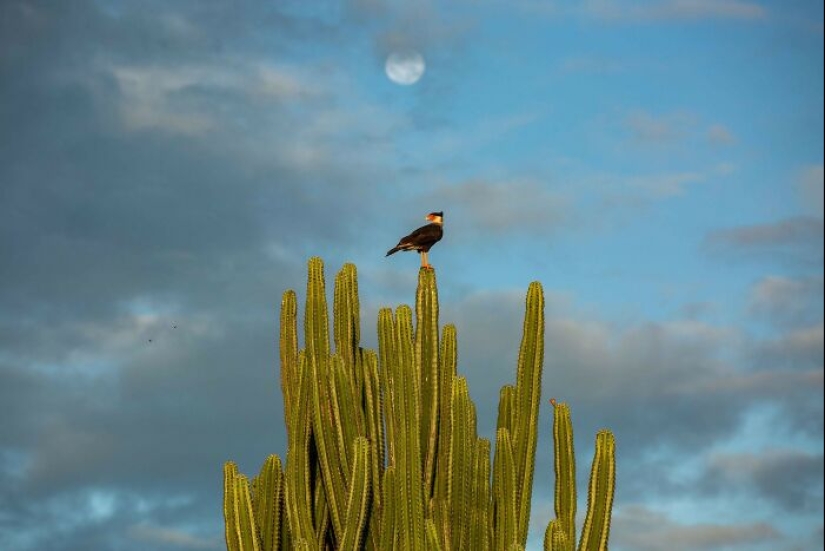
#2
"On the road portals. Tatacoa desert, Huila, Colombia."
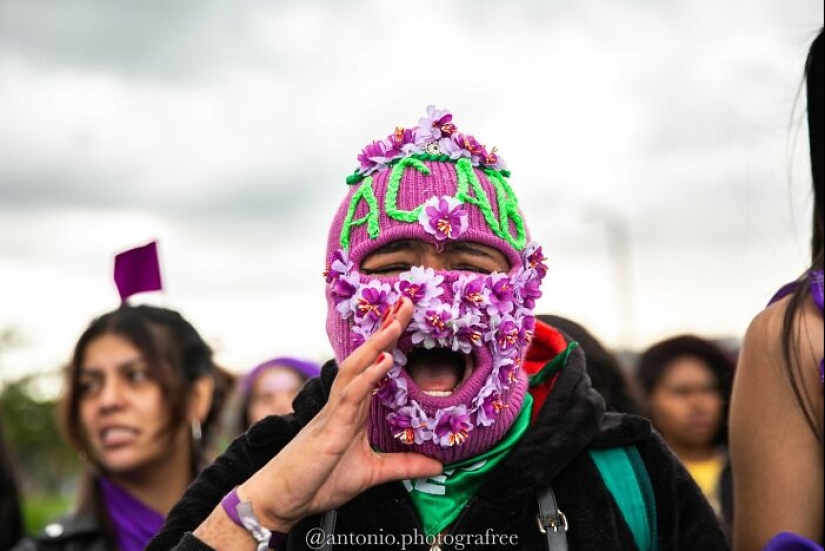
#3
"For all the women who fight for their rights, for the 8 of March of resistance, from Colombia to the rest of the world.
Photo Archive from Bogotá, June 2022."
To learn more about Antonio and his approach, Pictolic reached out to the photojournalist, who kindly answered our questions.
First of all, we were curious about what inspired Antonio to the world of photography and what drew him to travel to places like Colombia, Brazil, and Mexico.
He responded: “I began my journey into the world of photojournalism when I moved to London in 2013. I started capturing the lifestyle of the squats community, punks, and anarchists. Subsequently, I decided to enhance my professional skills and moved to Barcelona to pursue a course in photo documentary. Whilst in Barcelona, I was part of an activist photographers' collective, documenting the social struggles across Europe and showcasing my photos in independent media outlets in Catalonia and Italy. However, it wasn't until I immersed myself in Latin America that a profound transformation occurred in both my life and my approach to photography.”
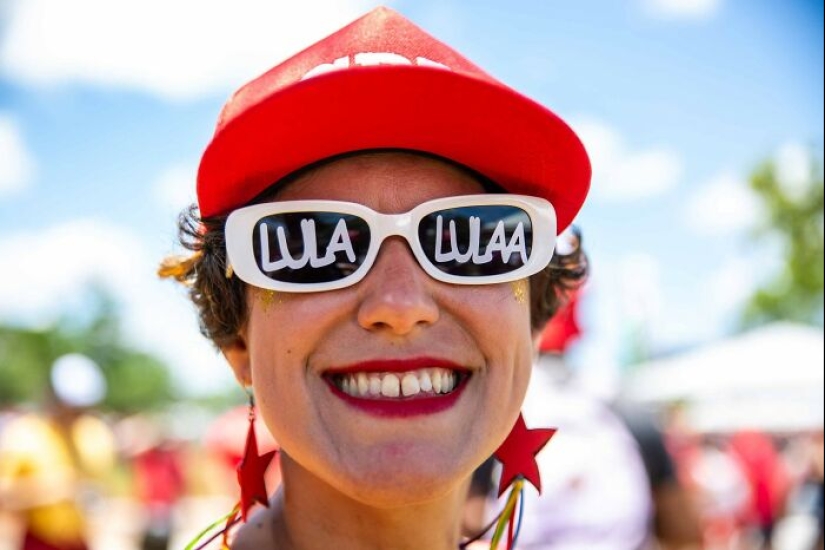
#4
"One year ago I was documenting and assisting at the inauguration of Lula as new president of Brazil. I have never seen so many people, around 200,000, showing their happiness and celebrating all together at the same place for the same reason. That impressed me, even though I understood their reason. After four years of repression and violence by the far-right government of Jair Bolsonaro, that day different groups of civil society felt the possibility of a real change in policy and the hope of the end to racism, sexism, and homophobic persecution."
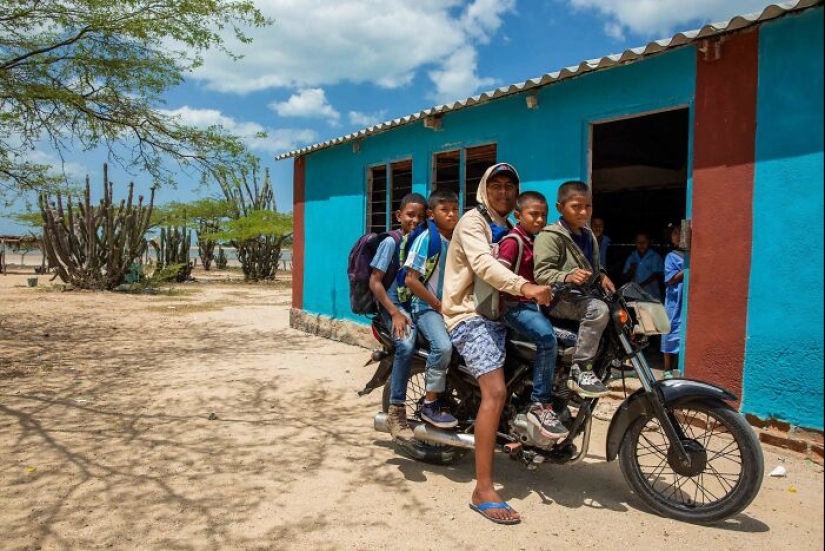
#5
"La Guajira 'School Bus'. Desert life.
The more difficult life becomes, the more ingenious people are."
Antonio shared the most challenging story that he encountered while working in various places.
“My most compelling and challenging story took place in the La Guajira desertic region in the north of Colombia. It centered around the Wayuu Indigenous children living in dire conditions and passing away due to a lack of water and food. I capture this story through my photos after immersing myself in their community for nearly a month, sharing their daily life, and truly understanding their struggles. This story was published by The Guardian. The article was written by my partner, Natalia Torres Garzón, with whom I shared the experience in La Guajira, and these pictures have been awarded the Paris Photo Prize in the "State of the World" competition,” shared photojournalist.
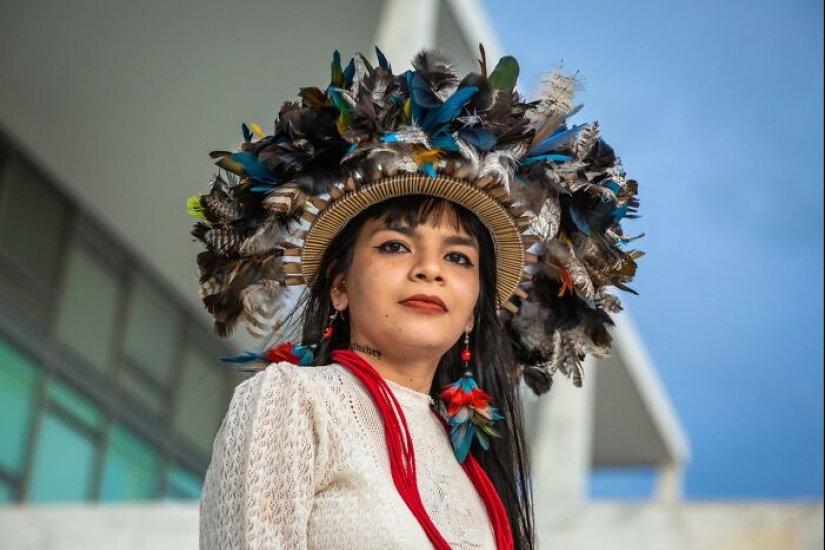
#6
"Photo session with Txai Suruí. A 24-year-old indigenous woman known internationally for her fight against climate change. Photos were taken at the government palace in Brasilia on the occasion of the inauguration of the Minister of Environment and Climate Change Marina Silva, January 4, 2023"
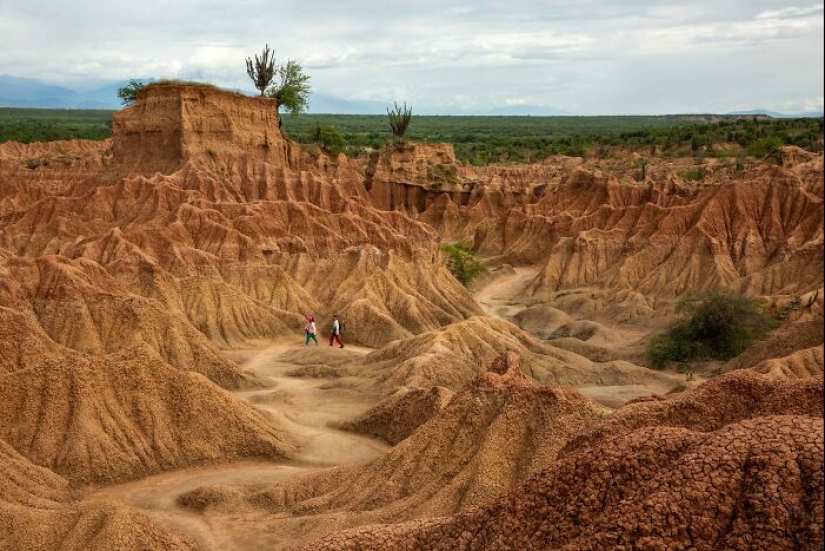
#7
"On the road portals. Tatacoa desert, Huila, Colombia."
We also asked what Antonio hopes for people to feel or understand when they look at his photos.
He wrote: “I hope that people can understand and empathize with the issues I aim to convey through my photos and ultimately learn from them.”
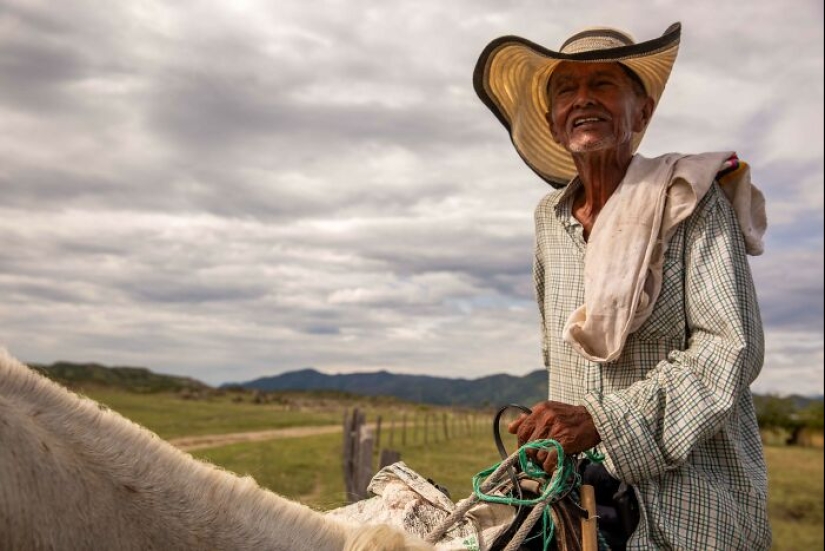
#8
"On the road portals. Tatacoa desert, Huila, Colombia."
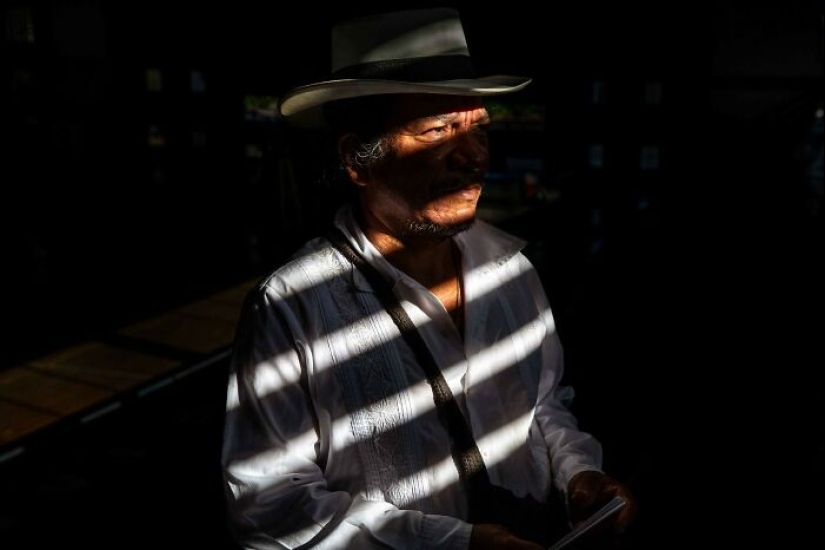
#9
"Miguel Antonio Yepas (57), a Wiwa traditional authority from the Conchamake village, took refuge, with 33 more families from his community, in the Coliseum of Riohacha. They are the second wave of Wiwa displaced due to an armed conflict between two illegal groups trying to take control of their territory. A total of 500 indigenous Wiwas run away from their village. Miguel Antonio left behind animals and a three-hectare plantation. Agriculture is a food and money source for his family. "I lost more than 10 million pesos (£2 thousand approximately) on cassava production alone, and more money on the rest. I would like to go back, but I'm afraid for my life", said Miguel Antonio with a sad voice. He had already suffered forced displacement in 2002 due to a paramilitary incursion in his community that left 16 victims. At that time he spent three years hidden in the mountains before coming back to his village. Now they have spent almost 3 months in the two government structures, feeling like they are living in a cage, without knowing if ever they will come back home."
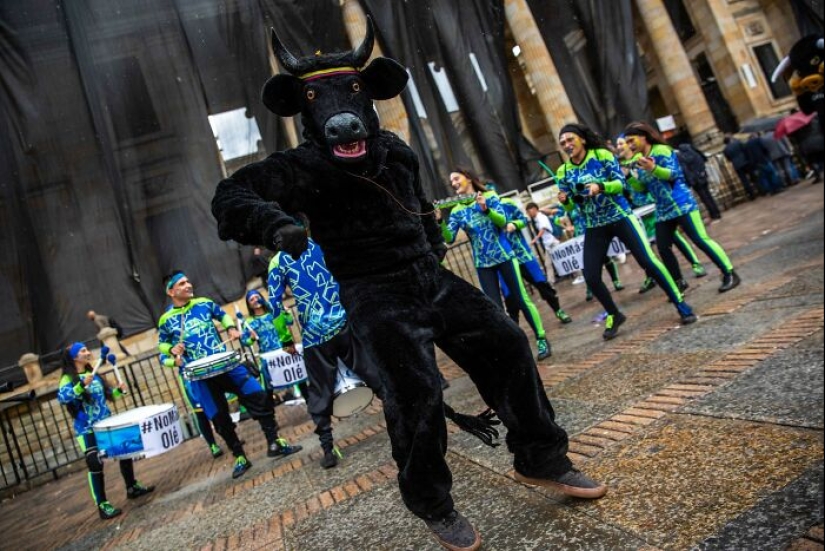
#10
"Colombia is very close to banning bullfighting. The Congress' last decision that should have been taken today has been delayed until tomorrow. During the meeting, a group of animalists performed in front of the Congress in Bogotá waiting for the Government's decision that did not happen."
Keywords: Tragic Events | Different cultures | Morocco earthquake | Traditions | Across the world
Post News ArticleRecent articles

In November 69 BC, she was born Cleopatra, the last Queen of Egypt from the Macedonian dynasty of the Ptolemies. Cleopatra, perhaps ...

Explosions of smartphone batteries and short circuits in sockets no longer become a sensation, but few people know that the danger ...
Related articles

Street photography can capture the most authentic moments in the lives of local people, and Andrea Torrei has been doing just that.

Hamed AlGhanboosi is a photographer from Oman who captures the simple beauty of people and places. His work focuses on showing real ...

It is believed that the appearance of gray hair — it is a sign of aging, the gradual extinction of the organism. Many ...